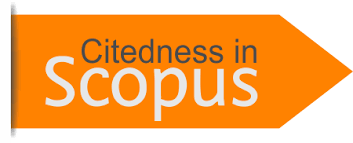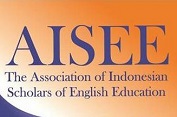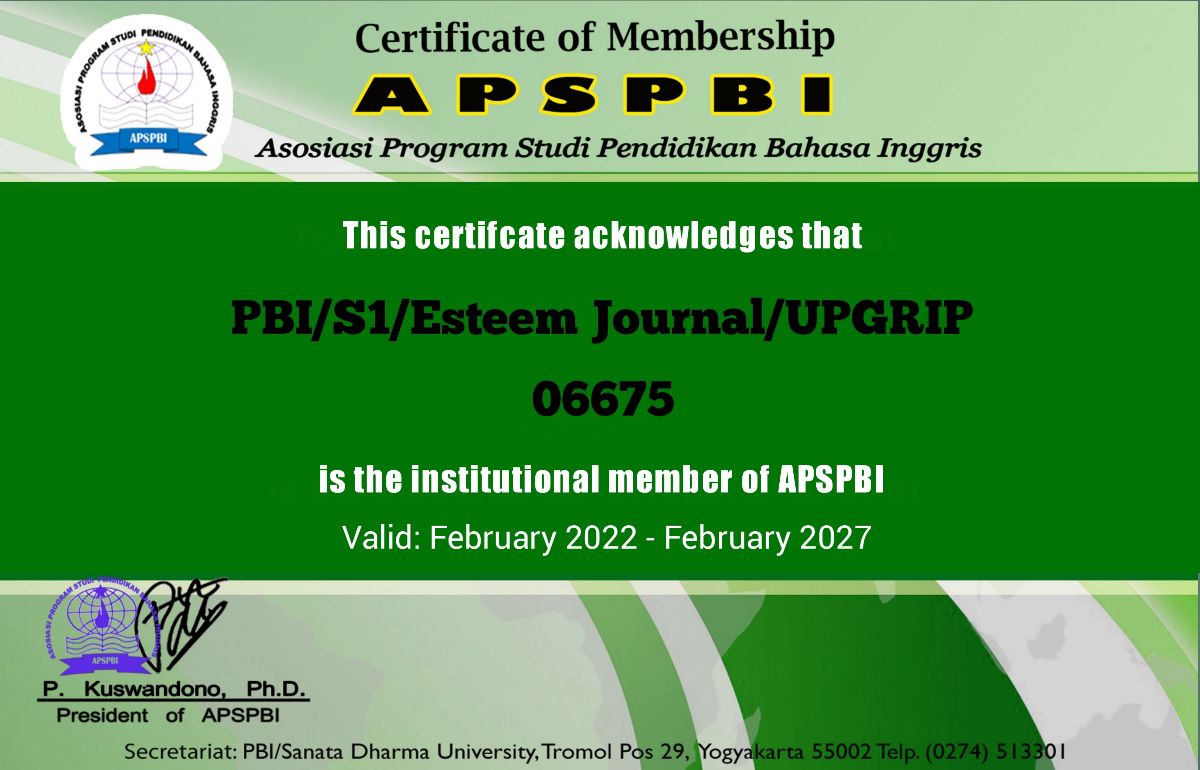THE CORRELATION OF LEARNING STYLE AND ENGLISH ACHIEVMENT OF THE STUDENTS OF NURUL HUDA SENIOR HIGH SCHOOL
DOI:
https://doi.org/10.31851/esteem.v6i2.12310Abstract
This study aimed to investigate the learning styles utilized by students at Nurul Huda Senior High School and their correlation with English achievement. It adopted a correlational design and employed a quantitative methodology to analyze the relationship between students' learning styles and their English performance. The study employed the VAK Model, which encompasses Visual, Auditory, and Kinesthetic learning styles. The questionnaire utilized in the research was developed based on the VAK Learning Style Questionnaire. A total of 30 tenth-grade students from Nurul Huda Senior High School participated in the study. The questionnaire results indicated that the students employed various learning styles: 20% preferred kinesthetic, 56.7% preferred visual, 23.3% preferred auditory, and others exhibited a preference for more than one learning style. Future researchers could explore different theories, employ interviews, and include a larger number of participants. Additionally, conducting similar studies at Nurul Huda Senior High School to analyze other factors influencing students' English achievement would be beneficial. The researcher hopes that by identifying students' learning styles, both students and teachers can become more aware of individual learning preferences within the classroom setting.
References
Argasetra N. D. (2017). The Correlation Between Learning Style and Academic Cchievement of English Education Study Program Students at UIN Raden Fatah Palembang. Thesis. English Education Study Program Tarbiyah Faculty Islamic State University Raden Fatah Palembang
Arikunto, S. (2010). Prosedur Penelitian Suatu Pendekatan Praktik. PT. Rineka Cipta.
Celce-Murcia, M. (2001). Teaching English as a Second or Foreign Language, Third Edition. Heinle, Cengage Learning.
Chania, Y Haviz, M & Sasmita, D. 2016. Hubungan Gaya Belajar dengan Hasil Belajar Siswa pada Pembelajaran Biologi Kelas X SMAN 2 Sungai Tarab Kabupaten Tanah Datar. Journal of Sainstek, 8(1):77-84
Creswell. J.W (2007). Qualitative Inquiry and Reasech desigh : choosing among Five Approuch. SAGE Publication.
Dornyei, Z. (2005). The Psychology of the language Learner-Individual Differences in Second Language Acquisition. Lawrence.
Elihami, & Nasrah. (2021). The Importance of Awarness And Education In Muhammadiyah University Of Enrekang. Jurnal Edukasi Non Formal , Vol. 2, 121.
Fitria Aprilia (2018) Hubungan Antara Gaya Belajar Bahasa dan Hasil Belajar Bahasa Inggris Mahasiswa Universitas Bina Darma. BIORMATIKA Jurnal Ilmiah FKIP Universitas Subang Vol. 4 No 02.
Fraenkel, J. R., Wallen, N. E., & Hyun, H. H. (2012). How to Design and Evaluate Research in Education. .McGraw-Hill Higher Education.
Gilakjani, A. P. (2012). A Match or Mismatch Between Learning Styles of the Learners and Teaching Styles of the Teachers. Modern Education, pp. 105.
Gilakjani. A. P (2018), Visual, Auditory, Kinaesthetic Learning Styles and Their Impacts on English Language Teaching. Journal of Studies in Education ISSN 2162-6952 2012, Vol. 2, No. 1
Johnson, R. B., & Christensen, L. B. (2012). Educational Research (4th ed.). CA: Sage.
Mark L. Mitchell Janina M. Jolley (2007) “Research Design Explained” Wadsworth, Cengage Learning.
Mitchell, M. L., & Jolley, J. M. (2010). Research Design Explained. Belmont, Wadsworth.
Mortimer, E. F., & El-Hani, C. N. (2014). Conceptual Profiles: A Theory of Teaching and Learning Scientific Concepts. Springer.
Novi Dwi Yuliani,& Lailatun Najmiah (2019). Students’ Learning Strategies Based on Their VAK Learning Style. Intensive Journal. Vol 2 No.1
Pritchard. A (2009). Ways of Learning Learning theories and learning styles in the classroom Second edition. Routldge.
Putri I. T (2019). Students’ Learning Style toward Their Achievement in Learning English (A Correlative Research at the Eleventh Grade of SMA Somba Opu). English Education Department Faculty of Teachering Training and Education Muhammaddiyah University of Makassar.
Richards, C. J., & Schmidt, R. (2010). Longman Dictionary of Language Teaching & Applied Linguistics. Pearson Education Limited.
Rose, C., & Nicholl, M. J. (2002). Cara Belajar Cepat Abad XXI, Translated from Accelerated Learning for the 21th Century by Dedy Ahimsa. Nuansa.
Rosnani. S. (2019). English Teacher’s Classroom Management in Teaching English at Islamic Junior High School SMP Al-Falah Jambi. Thesis English Education Study Program of Education and Teacher Training Faculty in The State Islamic University of Sulthan Thaha Saifuddin Jambi.
Sileyew. K. J (2019), Research Design and Methodology. School of Mechanical and Industrial Engineering, Addis Ababa Institute of Technology. Addis Ababa University, Addis Ababa, Ethiopia
Slameto. (2010). Belajar dan Faktor- Faktor yang Mempengaruhinya. Rineka Cipta.
Sudijono, A. (2003). Pengantar Statistik Pendidikan. Raja Grafindo Persada
Sugiono. (2008). Kamus Besar Bahasa Indonesia edisi Keempat. Balai Pustaka.
Sugiono. (2015). Metode Penelitian Pendidikan: Pendekatan Kuantitatif, Kualitatif, and R&D. Alfabeta.
Sujana, N. (2009). Penilaian Hasil Proses Belajar Mengajar. PT. Remaja Rosdakarya.
Sukandarrumidi. (2012). Metodologi Penelitian :Petunjuk Praktis untuk Peneliti pemula. Gadjah Mada University Press.
Suprijono, A. (2010). Cooperative Learning. Pustaka Pelajar.
Syofyan. R and Siwi. M. K ( 2018). The Impact of Visual, Auditory, and Kinesthetic Learning Styles on Economics Education Teaching. Advances in Economics, Business and Management Research, volume 57.
Wahab I and Nuraeni (2020). The Analisis of Students Learning Style. SELTICS Vol. 3, No. 1.
Yuliani, N. D., & Najmiah, L. (2019). Students Learning Strategies Based on Their VAK Learning Style. Intensive Journal, Vol. 2, 42.
Downloads
Published
Issue
Section
License
Copyright (c) 2023 Mita Sartika, Magdad Hatim, Evi Rosmiyati

This work is licensed under a Creative Commons Attribution-NonCommercial-ShareAlike 4.0 International License.
Copyright Notice
Authors who publish with this journal agree to the following terms:
In order to assure the highest standards for published articles, a peer review policy is applied. In pursue of the compliance with academic standards, all parties involved in the publishing process (the authors, the editors and the editorial board and the reviewers) agree to meet the responsibilities stated below in accordance to the Journal publication ethics and malpractice statement.
Duties of Authors:
- The author(s) warrant that the submitted article is an original work, which has not been previously published, and that they have obtained an agreement from any co-author(s) prior to the manuscript’s submission;
- The author(s) should not submit articles describing essentially the same research to more than one journal;
- The authors(s) make certain that the manuscript meets the terms of the Manuscript Submission Guideline regarding appropriate academic citation and that no copyright infringement occurs;
- The authors(s) should inform the editors about any conflict of interests and report any errors they subsequently, discover in their manuscript.
Duties of Editors and the Editorial Board:
- The editors, together with the editorial board, are responsible for deciding upon the publication or rejection of the submitted manuscripts based only on their originality, significance, and relevance to the domains of the journal;
- The editors evaluate the manuscripts compliance with academic criteria, the domains of the journal and the guidelines;
- The editors must at all times respect the confidentiality of any information pertaining to the submitted manuscripts;
- The editors assign the review of each manuscript to two reviewers chosen according to their domains of expertise. The editors must take into account any conflict of interest reported by the authors and the reviewers.
- The editors must ensure that the comments and recommendations of the reviewers are sent to the author(s) in due time and that the manuscripts are returned to the editors, who take the final decision to publish them or not.
Authors are permitted and encouraged to post online a pre-publication manuscript (but not the Publisher final formatted PDF version of the Work) in institutional repositories or on their Websites prior to and during the submission process, as it can lead to productive exchanges, as well as earlier and greater citation of published work (see The Effect of Open Access). Any such posting made before acceptance and publication of the Work shall be updated upon publication to include a reference to the Publisher-assigned DOI (Digital Object Identifier) and a link to the online abstract for the final published Work in the Journal.





























